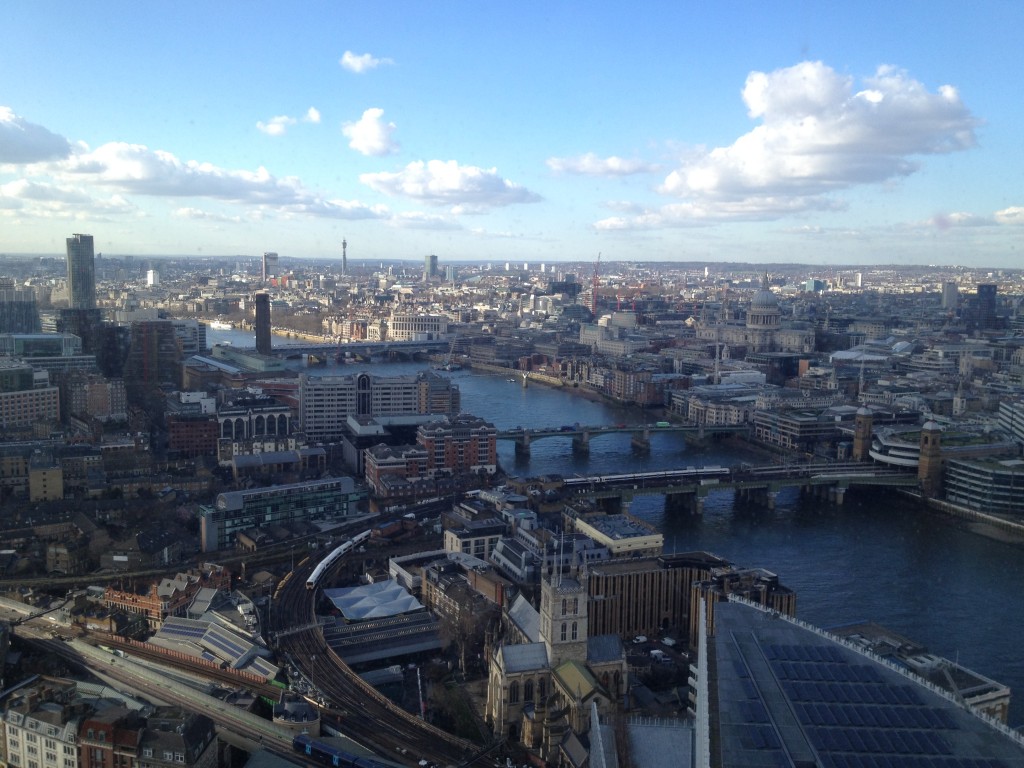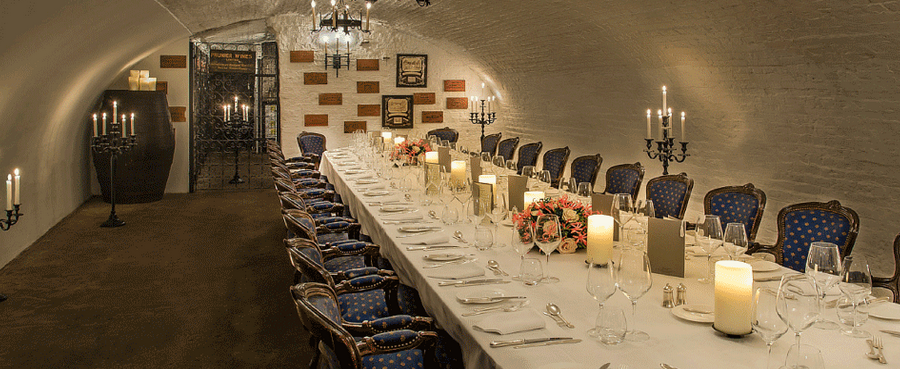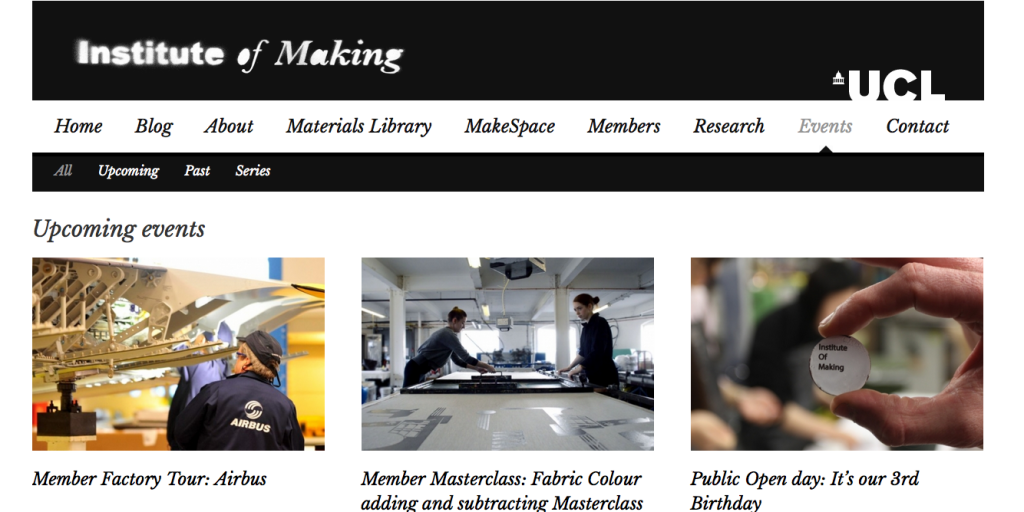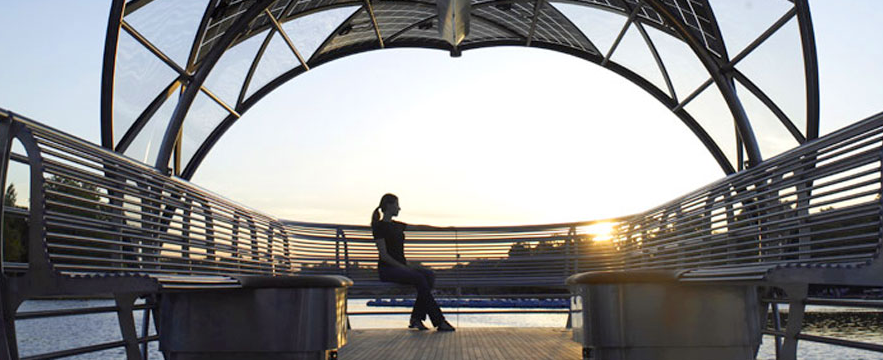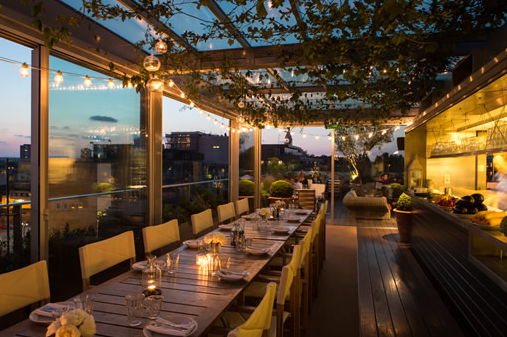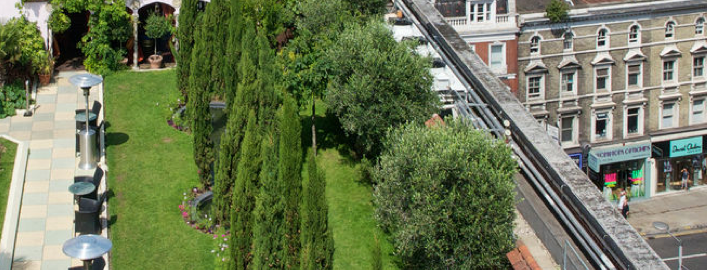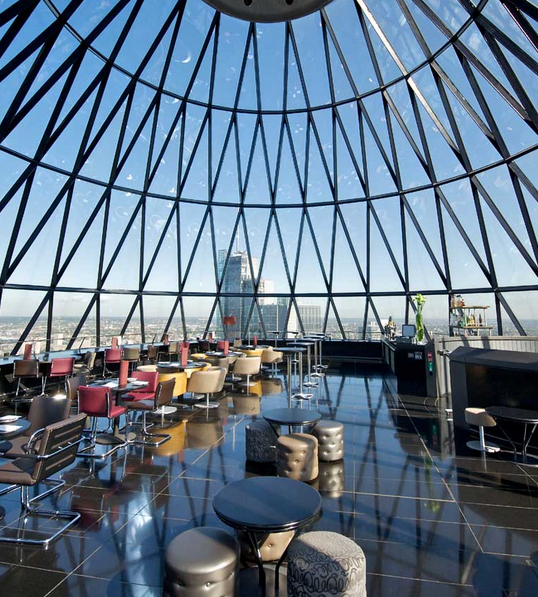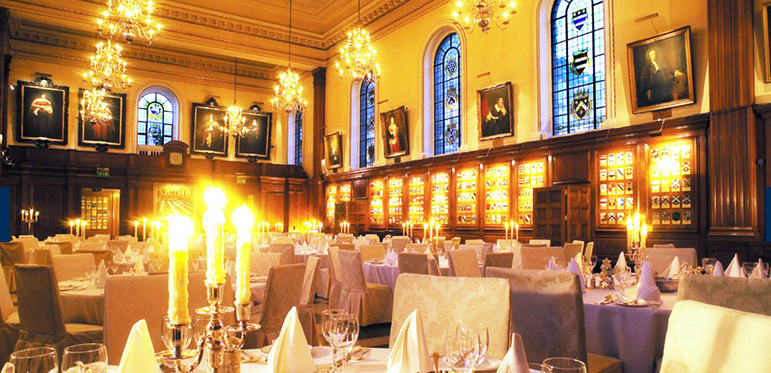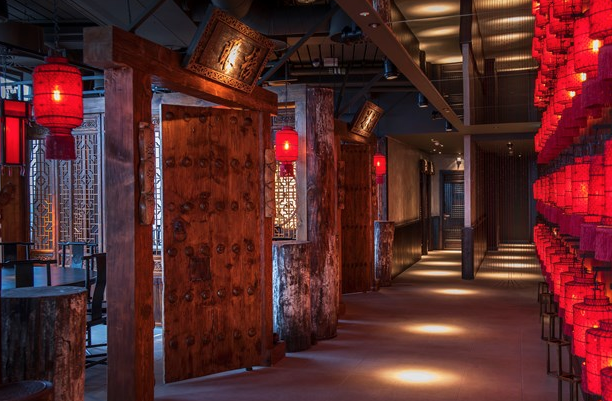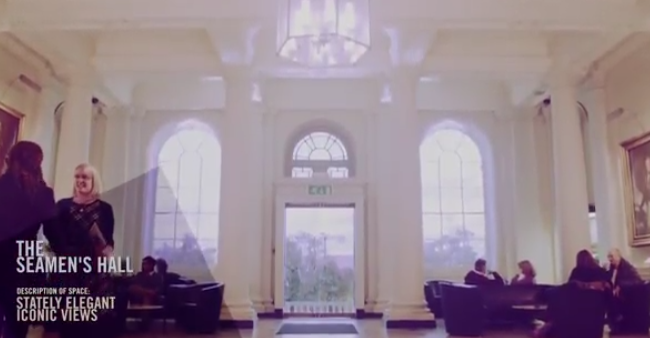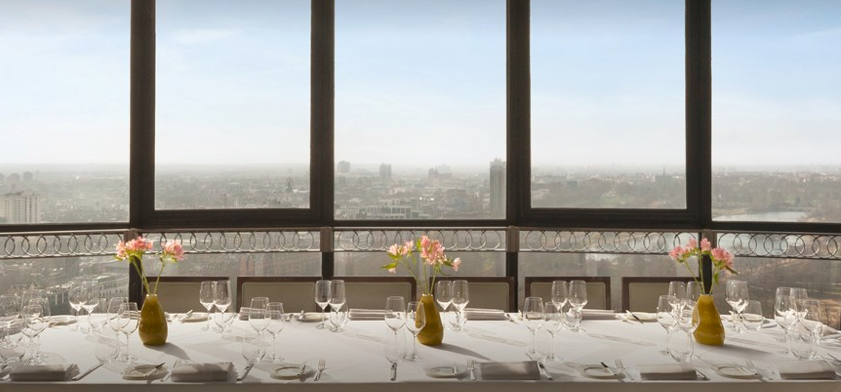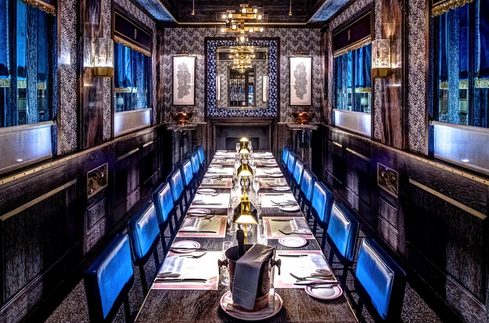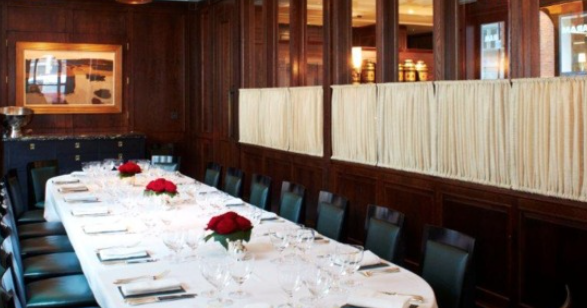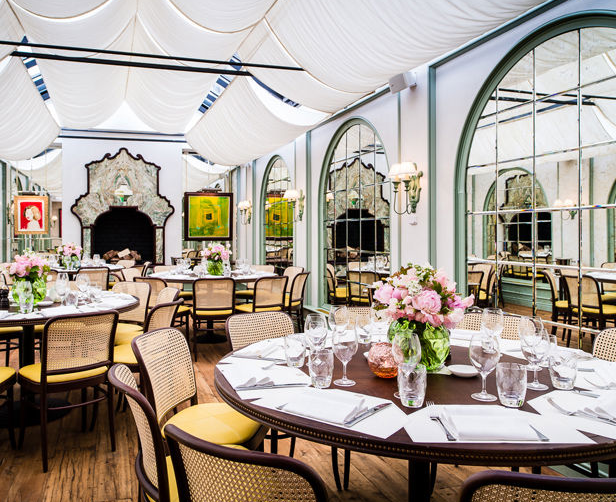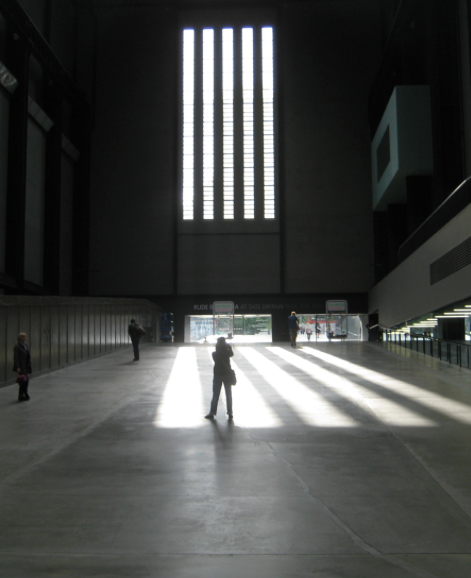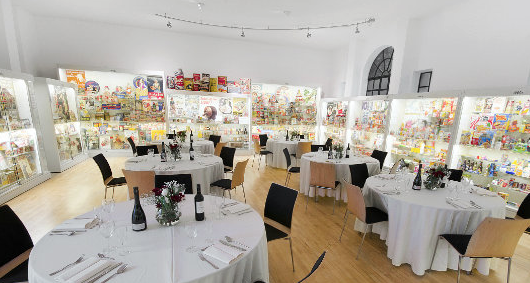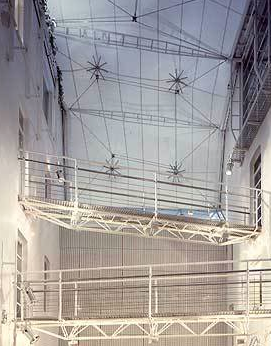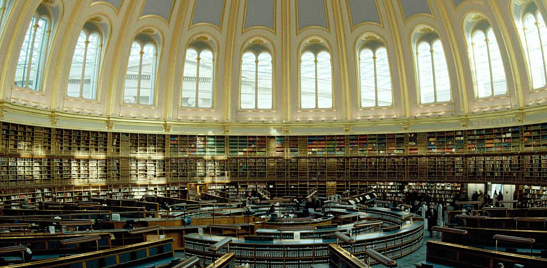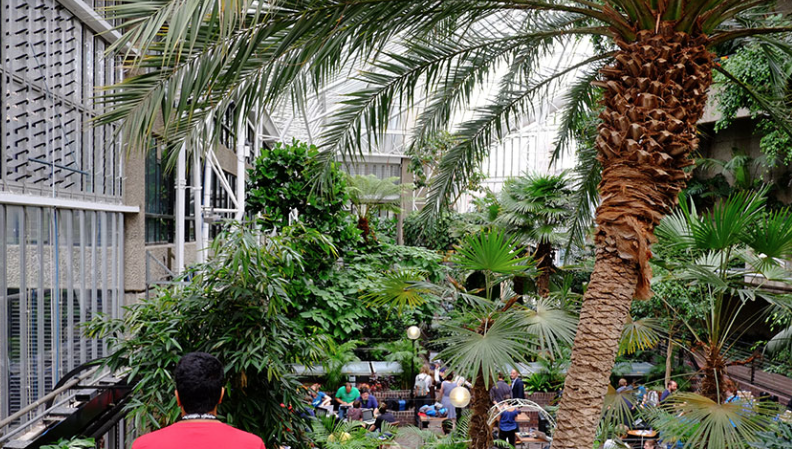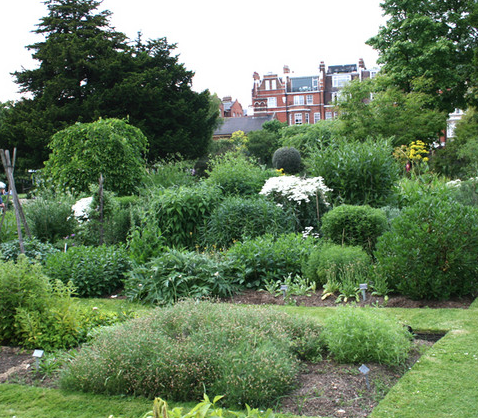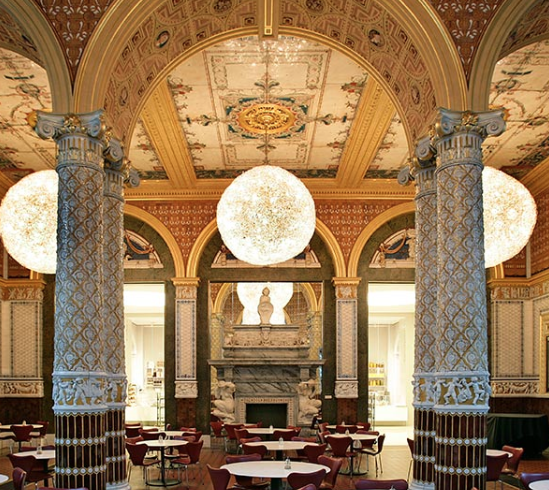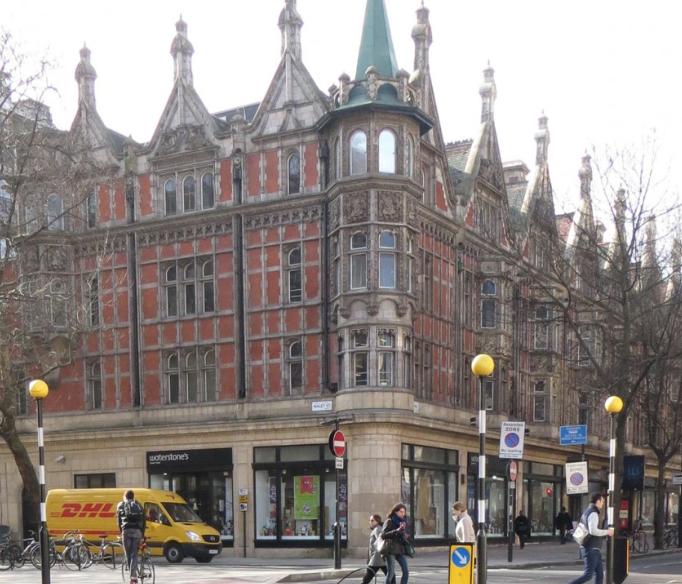Why is it that the average lifespan of an S&P 500 company in the US has fallen from 67 years in the 1920s to just 15 years today? And why might 75% of firms in the S&P 500 now be gone or going by the year 2027 or thereabouts?
These figures come from a study by Richard Foster at the Yale School of Management and echo another from the Santa Fe Institute that found that public companies die at similar rates regardless of age or industry sector. In this second study the average lifespan of American companies was cited at just 10 years. The reason given for most of these companies dying or disappearing is a merger or acquisition.* A third US study** of S&P companies reports an average company age of 61 in 1958, 25 in 1980 and around 18 today, but the trend toward shorter lives remains regardless of which study you read.
In the UK it’s a similar story. Of the 100 companies in the FTSE 100 in 1984, only 24 were still breathing in 2012, although average corporate lifespans in the UK were somewhat longer. However, with start-ups it’s back to bleak, with almost 50% of SMEs failing to celebrate their 5th birthday. The reasons UK start-ups fail are said to include cash flow issues, a lack of bank lending, too much red tape, high business rates and competition.
With larger enterprises in the UK and elsewhere the situation can be somewhat different. The main reason that big companies die – beyond being consumed by larger or more aggressive companies – is that they fail to anticipate or react to new technology, new customer demands or new competition, all of which can be linked to each other causing considerable disruption.
This is Darwinian evolution applied to capitalism and the only solution is to keep your eyes and ears wide open for predators and to continually evolve what you do through a process of constant adaption and occasionally accelerated mutation.
The list of corporate casualties is certainly long. Most people are aware of how things developed at Kodak, but the list of companies killed off or seriously injured by new technologies, new competitors or new customer behaviours includes a roll call of previously proud British names including Ferranti, Psion, Acorn Computers, De Havilland, Marconi, Swan Hunter, Armstrong Siddeley, GEC and ICL.
Interestingly, in most cases the writing was on the wall long before many of these companies went bankrupt, but if there’s one thing that you can rely on with big companies it’s that, like super-tankers, they can take a long time to change direction and the view from the bridge is often obscured or contested.
Putting to one side new technologies, new competition and new customer demands, a key point is geriatric corporate cultures. Bill Gates once said that “success is a lousy teacher, it seduces smart people into thinking they can’t lose.” In other words, nothing recedes quite like success and large companies can become delusional about their fitness, their intellect or the speed with which young ideas and inventions can move.
If arrogance is one silent killer, another is that as companies grow management can become distanced from both insight and innovation. Peter Drucker made this point decades ago, although he used the word entrepreneurship. Managing and innovating are different dimensions of the same task, but most large companies regard them as separate to the point of putting them in different departments or locations. As the urgency to stay alive financially evaporates the focus shifts away from urgent opportunities and threats to lethargic internal issues and a kind of corporate immune system develops whereby new ideas tend to be rejected by the corporate body the minute they form.
If you drop down the organisation chart to departments such as customer complaints this isn’t always the case. People working in customer relations, IT, sales or even accounts can be extremely close to customers, and hence to the inception of new ideas, but senior management often writes off these departments as cost centres rather than hotbeds of insight and innovation. With R&D it’s often much the same story with scientists and engineers being regarded as grey suited bureaucrats offering up ponderous improvements rather than white-coated warriors fighting for discoveries that could transform the company.
The culture of organisations contributes to failure in other ways too. The dominant culture of most very large companies is highly conservative and quite rightly so. Publically quoted firms primarily exist to provide a regular return to shareholders and to keep workers in regular employment. But to do both these things they must also deliver constantly evolving products that create value for customers.
This is like a tightrope that’s not only swaying in the wind, but is being constantly moved and adjusted at one end while you’re still walking along it. Interestingly, Mark Vergano, an executive VP at Du Pont once made a similar point with regard to R&D saying that: “Research and development is always a delicate balance between maintaining a long-term view and remaining sensitive to short-term financial objectives.”
To sum up, if companies wish to remain healthy and grow old they need to do two things. Firstly, they need to remain young at heart. They need to remain mentally agile, constantly learn new things and question their own identity. This means repeatedly asking what business they’re really in and how best they can serve both current and future customers using current and future technologies, channels and business models.
Secondly, companies must look at innovation from a whole business perspective and make innovation truly cross-functional. If innovation exists purely at a departmental, product or service level it’s unlikely to proceed beyond incremental refinement. Continuous improvement is essential, but it’s merely a ticket to stay in the game. To win the game companies must consider more radical developments including the ground up reinvention of everything they do.
——
* A merger or acquisition isn’t necessarily a business failure, but it is often a sign of weakness or long-term illness.
**Innosight study (US).
If you’re wondering, the world’s oldest limited liability corporation is Enso Stora, a Finnish paper and pulp manufacturer that started out as a mining company in 1288.


